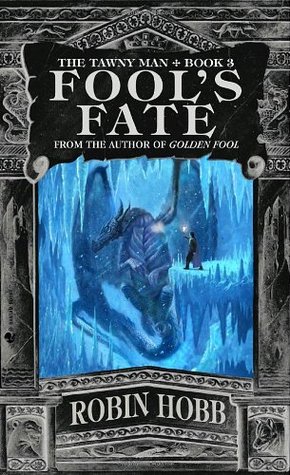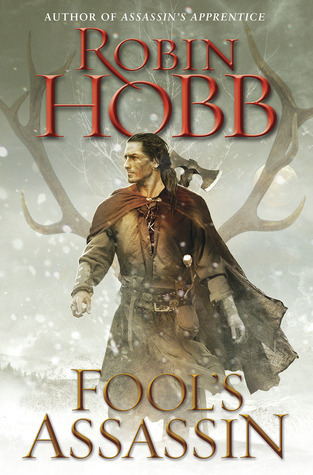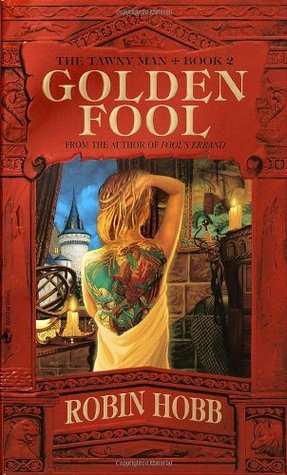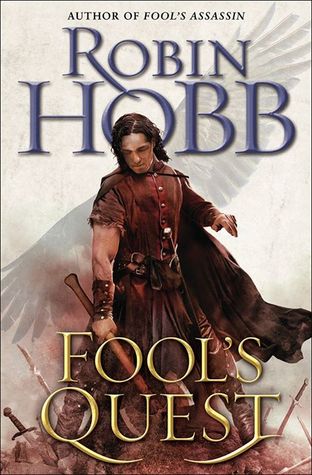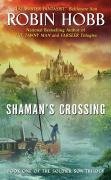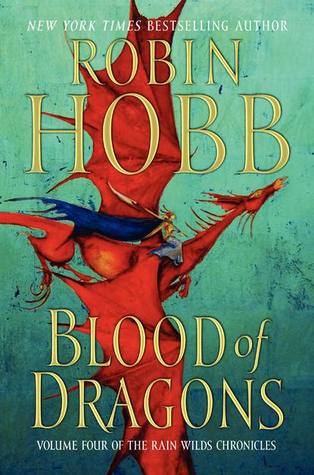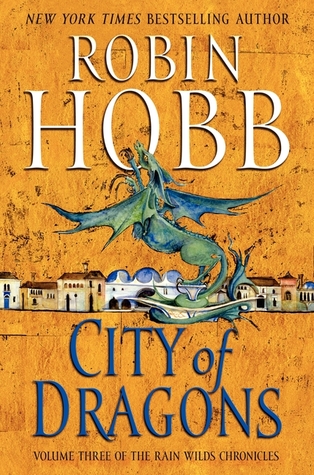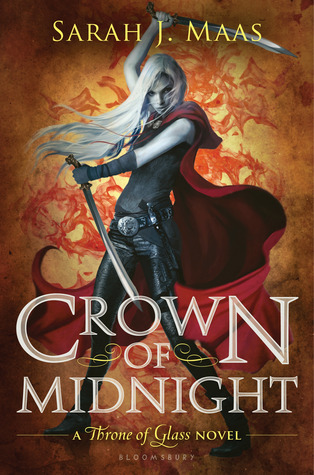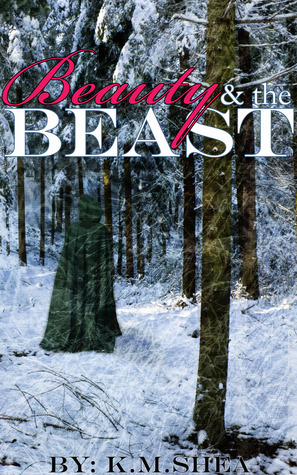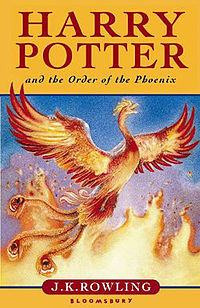Forest Mage (The Soldier Son Trilogy #2)

Forest Mage (The Soldier Son Trilogy #2)
SUMMARY
The Barnes Noble Review
Dark mysticism and primordial natural magic clash with the ever-expanding boundaries of the "civilized" world in the second volume of Robin Hobb's Soldier Son trilogy, Forest Mage.
The sequel to 2005's Shaman's Crossing finds protagonist Nevare Burvelle -- the second son of a nobleman and destined for a career in the military -- with his world turned upside down. After surviving a plague that wiped out many of the students and instructors at the king's military academy, Nevare returns home for his brother's wedding, only to learn that he has been medically discharged from the school. The plague usually leaves its survivors skeletally thin, but Nevare, inexplicably, has begun to gain massive amounts of weight. With his family believing he's a glutton, Nevare is disowned by his father and eventually ends up finding work as a lowly cemetery guard in a frontier town near the border with the Specks, a race of dapple-skinned forest dwellers who possess powerful natural magic. But in a world where technology never stops advancing, can the Specks survive? And what does the suddenly bloated Nevare have to do with their struggle?
Set in a sprawling, vividly described realm that is as majestic as it is menacing, and powered by some extremely topical themes (environmentalism, cultural homogenization, human rights, religious persecution, etc.), the Soldier Son trilogy is easily Hobb's most significant work to date. Incorporating elements of military fantasy, New Age spirituality, and political allegory, Forest Mage can be faulted only for suffering from a serious case of middle-volume syndrome: As the second installment of a trilogy, it lacks both a true beginning and a satisfactory ending. All will be forgotten, however, when the concluding volume (tentatively entitled Renegade Magic) of this unique and powerfully moving saga is released in 2007. Paul Goat Allen
Chapter List
- Page 1
- Page 2
- Page 3
- Page 4
- Page 5
- Page 6
- Page 7
- Page 8
- Page 9
- Page 10
- Page 11
- Page 12
- Page 13
- Page 14
- Page 15
- Page 16
- Page 17
- Page 18
- Page 19
- Page 20
- Page 21
- Page 22
- Page 23
- Page 24
- Page 25
- Page 26
- Page 27
- Page 28
- Page 29
- Page 30
- Page 31
- Page 32
- Page 33
- Page 34
- Page 35
- Page 36
- Page 37
- Page 38
- Page 39
- Page 40
- Page 41
- Page 42
- Page 43
- Page 44
- Page 45
- Page 46
- Page 47
- Page 48
- Page 49
- Page 50
- Page 51
- Page 52
- Page 53
- Page 54
- Page 55
- Page 56
- Page 57
- Page 58
- Page 59
- Page 60
- Page 61
- Page 62
- Page 63
- Page 64
- Page 65
- Page 66
- Page 67
- Page 68
- Page 69
- Page 70
- Page 71
- Page 72
- Page 73
- Page 74
- Page 75
- Page 76
- Page 77
- Page 78
- Page 79
- Page 80
- Page 81
- Page 82
- Page 83
- Page 84
- Page 85
- Page 86
- Page 87
- Page 88
- Page 89
- Page 90
- Page 91
- Page 92
- Page 93
- Page 94
- Page 95
- Page 96
- Page 97
- Page 98
- Page 99
- Page 100

